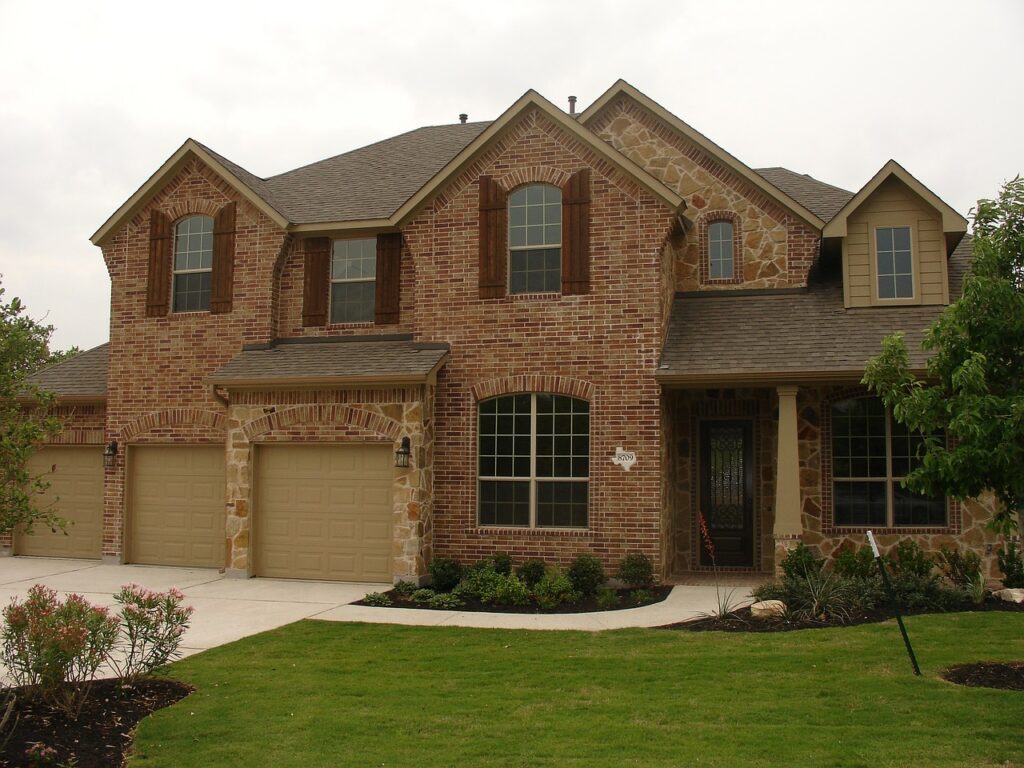In the realm of landscape design, two fundamental components shape the aesthetic and functional aspects of outdoor spaces: hardscaping and softscaping. While both elements contribute to the overall appeal and functionality of a landscape, understanding the distinctions between them and striking a harmonious balance is crucial for creating a well-designed outdoor environment that meets your needs and preferences.

Defining Hardscaping and Softscaping
Hardscaping refers to the non-living, man-made features incorporated into a landscape design. These typically include elements such as pathways, patios, retaining walls, pergolas, decks, fountains, and other structures constructed from materials like stone, wood, concrete, or metal. Hardscape elements provide structure, organization, and functionality to outdoor spaces, serving as the foundation upon which the softscape elements are layered.
On the other hand, softscaping encompasses the living, horticultural aspects of landscaping, including plants, trees, shrubs, flowers, grass, and other organic elements. Softscape elements add texture, color, fragrance, and biodiversity to the landscape, creating visual interest, enhancing the environment, and establishing connections with nature.
Balancing Hardscape and Softscape Elements
Achieving a harmonious balance between hardscaping and softscaping is essential for creating an aesthetically pleasing and functional outdoor space. Here are some key considerations for achieving this balance:
- Functionality: Begin by determining how you intend to use your outdoor space. Are you looking to create an entertainment area, a serene retreat, or a functional garden? The functionality of the space will dictate the types and placement of hardscape and softscape elements. For instance, a patio or deck may serve as the focal point for outdoor gatherings, while strategically placed trees and shrubs can provide privacy and shade.
- Scale and Proportion: Pay attention to the scale and proportion of hardscape and softscape elements in relation to the overall size of your landscape. Balance is key; too much hardscape can make the space feel barren and unwelcoming, while an excess of softscape can result in a cluttered or overgrown appearance. Aim for a harmonious blend of both elements to create visual interest and coherence.
- Texture and Contrast: Incorporating a variety of textures and contrasts can add visual depth and dimension to your landscape design. Combining smooth, hard surfaces with lush, textured plantings creates a dynamic interplay between hardscape and softscape elements. For example, pairing a gravel pathway with ornamental grasses or flowering ground covers can create a striking contrast that enhances the overall aesthetic appeal.
- Seasonal Interest: Consider the seasonal variations in your landscape and select hardscape and softscape elements that provide year-round interest. While hardscape features remain relatively static, softscape elements evolve and change with the seasons, offering an ever-changing tapestry of colors, textures, and fragrances. Incorporating a mix of evergreen and deciduous plants ensures that your landscape maintains its appeal throughout the year.
- Unity and Cohesion: Strive for unity and cohesion in your landscape design by establishing visual connections and transitions between hardscape and softscape elements. Create naturalistic pathways that meander through the garden, guiding visitors from one area to another. Use plantings to soften the edges of hardscape features and integrate them seamlessly into the surrounding environment.
Practical Applications
To illustrate the principles of balancing hardscaping and softscaping, let’s consider a hypothetical landscape design project for a residential backyard:
- Hardscape Elements: A paved patio with seating area, bordered by a low stone retaining wall and accented with decorative planters. A pergola provides shade and structure, while a gravel pathway leads to a secluded garden retreat in the corner of the yard.
- Softscape Elements: Lush perennial borders frame the patio, filled with a mix of flowering shrubs, ornamental grasses, and seasonal flowers. A variety of trees, including deciduous and evergreen species, provide shade, privacy, and vertical interest throughout the yard.
By carefully integrating hardscape and softscape elements, this landscape design achieves a balance between structure and spontaneity, functionality and beauty. The patio serves as a central gathering space, while the surrounding plantings soften the edges and create a sense of enclosure and intimacy. Seasonal changes in the garden ensure that the landscape remains vibrant and engaging year-round, offering something new to discover with each passing season.
In conclusion, understanding the roles of hardscaping and softscaping in landscape design is essential for creating outdoor spaces that are both visually appealing and functional. By carefully balancing these elements and paying attention to factors such as functionality, scale, texture, seasonal interest, and unity, you can create a well-designed landscape that enhances the beauty and livability of your outdoor environment.
